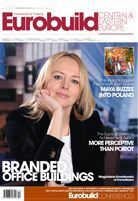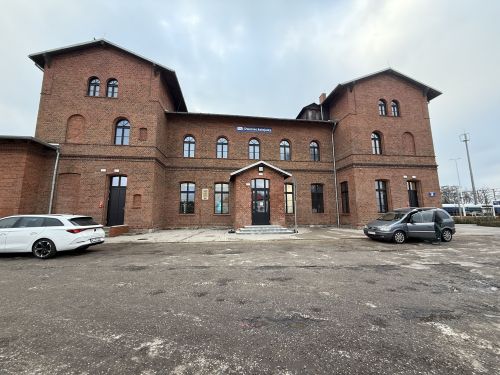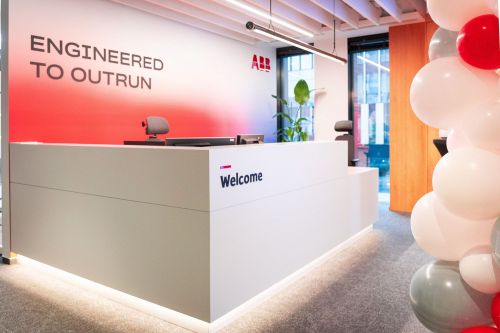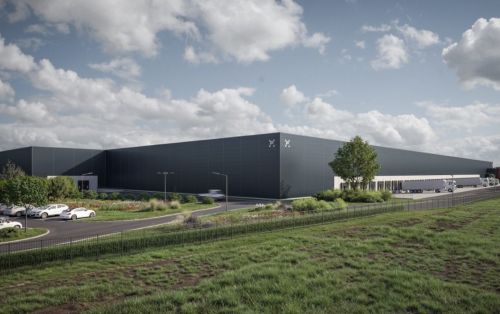Rafał Ostrowski, ‘Eurobuild Central & Eastern Europe’: Dutch investor Momentum Capital is planning to build a major tourist destination in central Europe – the Holiday Park Kownaty Poland amusement complex, consisting of a number of theme parks over an area of 205 ha. The first phase is to be called Majaland and is due to open as early as December next year. Could you tell us more about what Majaland will be like?
Daniel Heinst, CEO, Holiday Park Kownaty Poland: Majaland will be an indoor and outdoor theme park. This means that it will have attractions and activities based around a topic or theme. This theme comes from the Maya the Bee cartoon, which is very well known in Poland, along with two extra characters: Vic the Viking and Heidi. It will be open all year round, catering to families with young children from 2 years old up to 8, 10 or even 12.
How big will Majaland be?
DH: The indoor hall, which is to be built in the first phase of the project, will h































































